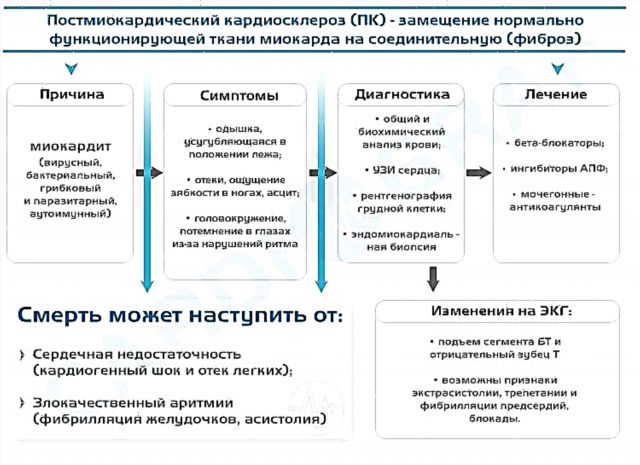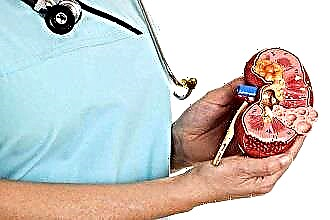Periodic discomfort in the ear can be caused by the ingress of water during bathing, the remnants of cotton wool from the removal of sulfur, colds, in which swelling of the auditory tube occurs. At the same time, patients can characterize the experienced sensations in absolutely different ways. In some cases, they are described as clicking or crunching in the ear. The attitude to this feature should be based on how often and under what circumstances it appears, whether there are concomitant factors.
 Ear pain, noise, discomfort are subjective symptoms. Only a specialist who has the ability to examine the ear objectively can confirm or deny ear disease. An otolaryngologist who performs an otoscopy is able to assess the tympanic membrane and the structure of the middle ear, which makes it possible to clarify the diagnosis.
Ear pain, noise, discomfort are subjective symptoms. Only a specialist who has the ability to examine the ear objectively can confirm or deny ear disease. An otolaryngologist who performs an otoscopy is able to assess the tympanic membrane and the structure of the middle ear, which makes it possible to clarify the diagnosis.
Causes
Usually, patients with ear inflammation describe the pain syndrome as aching, pressing, bursting pain with periodic lumbago. In this case, the symptomatology does not increase with jaw movements, but in a horizontal position. This is due to the anatomical angle of inclination of the auditory tube. Consequently, the crunch in the ear when moving the jaw is most likely due to other reasons.
The most common causes of crunchy ears are as follows:
- malocclusion caused by both congenital pathologies and those obtained as a result of incorrect dental procedures;
- arthrosis and arthritis of the temporomandibular joint.
Dental problems
In case of malocclusion, there is an uneven distribution of the load on the bones, ligaments and muscles of the joint, as well as directly on each tooth. All this leads to the development of discomfort when closing the jaw, chewing movements. A crunch in the ears also develops when swallowing. Modern dentistry currently offers a large selection of corrective procedures aimed at solving these problems. Despite the fact that the implementation of medical measures can take a long time, the corrected bite helps to maintain a beautiful smile, and is also the prevention of complications such as headache, dizziness, periodic teeth grinding.
In addition to congenital malocclusion defects, a crunch in the ears can be caused by incorrect prosthetics or even tooth filling. Further events are developing in a similar way. As a result of incorrect actions, an uneven distribution of the load on the temporomandibular joint occurs, which leads to the fact that a crunch in the jaw near the ear accompanies any chewing movements.
Pathology of the articular apparatus
The presence of a crunch can also be caused by destructive processes in the jaw joint.
 The development of this pathological process is typical for the majority of the population, to one degree or another. With age, bone tissue becomes more fragile, losing its strength, the ligaments become insufficiently elastic. These changes occurring in the joints are accompanied by the development of this symptomatology.
The development of this pathological process is typical for the majority of the population, to one degree or another. With age, bone tissue becomes more fragile, losing its strength, the ligaments become insufficiently elastic. These changes occurring in the joints are accompanied by the development of this symptomatology.
First of all, morning stiffness and limited movement in this joint are noted. The process of opening and closing the jaw returns to normal within a day. Over time, the patient notices that when swallowing and moving the jaw, it clicks or crunches in the ear. Later, these actions are accompanied by the development of pain syndrome. This forces the patient to chew on the healthy side. Over time, facial asymmetry may develop.
Some experts explain the development of this symptom by the special structure of this joint, inside which there is a movable articular disc. The phenomena accompanied by the development of the crunch are explained precisely by the movement of this formation. The unique structure of the temporomandibular joint, in which this symptom can develop, should not cause much concern.
The presence of a crunch requires serious examination and correction if it is accompanied by the development of additional signs.
This symptom can also be caused by chronic reducible dislocation of the lower jaw, due to the weakness of the ligamentous apparatus. This congenital pathology is typical for a significant number of the population. However, its presence becomes known only during sudden movements, when, when yawning, the lower jaw cannot return to its initial position. It is in these patients that the presence of a crunch in the ears is more typical.
Otitis
Some patients associate the development of this symptom with a visit to the pool. When swimming and diving, contaminated water can flow into the ear and, in the presence of microtraumas, cause the development of otitis externa. In this case, the patient is worried about tinnitus, gurgling, discomfort, itching. Cracking in the ear after visiting the pool is unlikely. Among the large variety of offers available today, the most attractive options for slot machines with withdrawal at CasinoBabki are the development of NetEnt, Microgaming, Playtech. It is as easy as shelling pears to play online slots with withdrawal of money. You need to choose wisely online slots and therefore it is best to start with demo versions.
In most cases, this symptom develops gradually over a long time.
However, painful sensations resembling lumbago can occur in swimmers after diving, when water enters the middle ear through the Eustachian tube, bypassing the external auditory canal. In this case, the chances of developing otitis media are high, the main symptom of which is pain. This reason for the crunch in the ear is not is as typical as joint damage or malocclusion, but it must be taken into account, since patients may describe pain in different ways.
is as typical as joint damage or malocclusion, but it must be taken into account, since patients may describe pain in different ways.
Therapeutic tactics
Emergency measures are necessary only if otitis media develops, since the disease can progress rapidly and lead to severe complications. Bite problems also require corrective measures. Depending on the situation, it can be a variety of designs of prostheses, braces, correction plates. As for deforming arthrosis, conservative treatment is prescribed to improve the situation, including
- non-steroidal anti-inflammatory drugs that reduce pain;
- physiotherapy activities such as electrophoresis with novocaine, galvanization, massage;
- physical exercises aimed at restoring the function of the chewing muscles.
Orthopedic measures are possible.



